
Não fosse a zona dedicada aos objectos utilizados para tortura na época medieval e renascimento poderia dizer que a Golden Lane é uma pequena cidade de conto de fadas e afinal que seria de uma história de encantar sem um vilão?
Pitoresca é o adjectivo mais utilizado para descrever a rua que está na zona norte do Castelo de Praga e que tem nela um conjunto de coloridas casas que no século XVI quando foram construídas serviam para os arqueiros que o defendiam.
If it wasn't for the zone dedicated to articles used for torture in medieval and renaissance times I could say that the Golden Lane is a small town of fairy tale and anyway it would be a story without a villain to enchant?
Picturesque is the adjective most used to describe the street which is in the north of the Prague Castle and it has a set of colored houses that in the sixteenth century when they were built were for the archers who defended it.
Picturesque is the adjective most used to describe the street which is in the north of the Prague Castle and it has a set of colored houses that in the sixteenth century when they were built were for the archers who defended it.
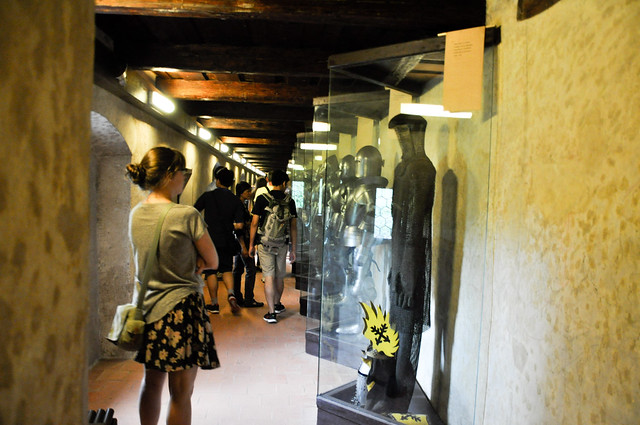
Por cima, está uma parte da muralha onde podemos ver uma exposição sobre armas, armaduras e escudos da época e uma das casas retrata como viviam os soldados com uma farda da época e uma cama de palha colocada numa parte superior da casa para aproveitar o espaço em baixo.
O nome da Golden Lane vem dos ourives que depois vieram a ocupar as casas. No inicio do século XX foram ocupadas por artistas e o próprio Franz Kafka viveu numa delas, a nº 22 que era da sua irmã e que hoje é uma loja de souvenirs. E foi isso que gostei na Golden Lane, porque apesar do seu aspecto medieval e de contar a história de essa época, as casas foram sobrevivendo ao longo dos anos e tornaram-se lar para algumas pessoas ainda no século XX.
Procuraram recriar uma taberna, a casa de trabalho de um ourives, a casa de Matylda Prusová uma vidente que foi assassinada pela Gestapo (dizem que foi por ter dito que Adolf Hitler morreria em breve) e a casa de Joseph Kazda, um historiador e coleccionador de tudo o que se relacionasse com o cinema.
Above is a part of the wall where we can see an exhibition of weapons, armor and shields of the that time and one of the housesportrays how the soldiers live with a uniform and a bed of straw placed on top of the house to have space below.
The name Golden Lane comes from the goldsmiths who later came to occupy the houses. In the early twentieth century they were occupied by artists and even Franz Kafka lived in one of them, the number 22 that it was his sister's and now a gift shop. And that's what I liked in Golden Lane, because despite its medieval look and telling the story of that time, the houses survived over the years and have become home for some people even in the twentieth century.
Sought to recreate a tavern, the house of a goldsmith work, home Matylda Prusová a psychic who was murdered by the Gestapo (said to have told that Adolf Hitler would soon die) and the house of Joseph Kazda, a historian and collector of everything that relates to the cinema.
The name Golden Lane comes from the goldsmiths who later came to occupy the houses. In the early twentieth century they were occupied by artists and even Franz Kafka lived in one of them, the number 22 that it was his sister's and now a gift shop. And that's what I liked in Golden Lane, because despite its medieval look and telling the story of that time, the houses survived over the years and have become home for some people even in the twentieth century.
Sought to recreate a tavern, the house of a goldsmith work, home Matylda Prusová a psychic who was murdered by the Gestapo (said to have told that Adolf Hitler would soon die) and the house of Joseph Kazda, a historian and collector of everything that relates to the cinema.
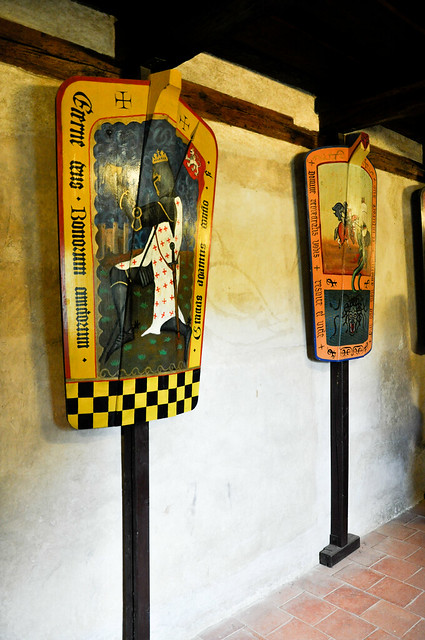
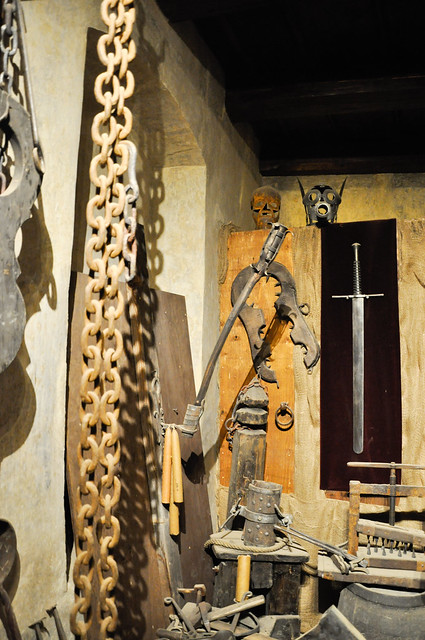

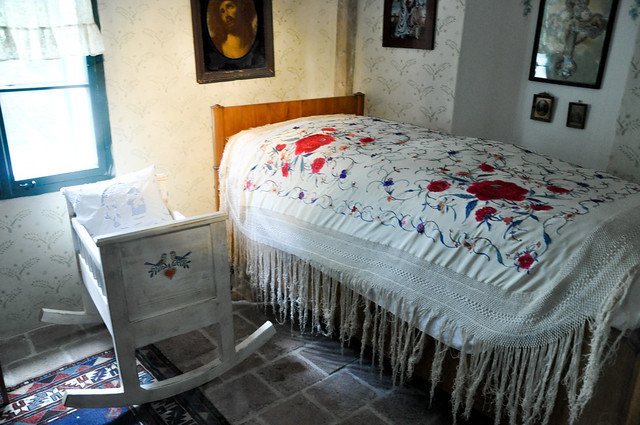
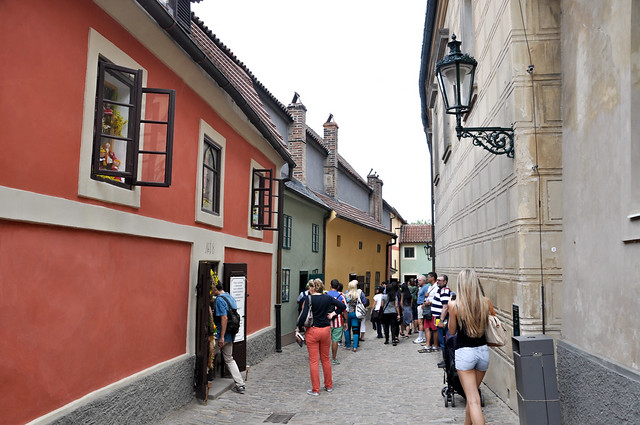
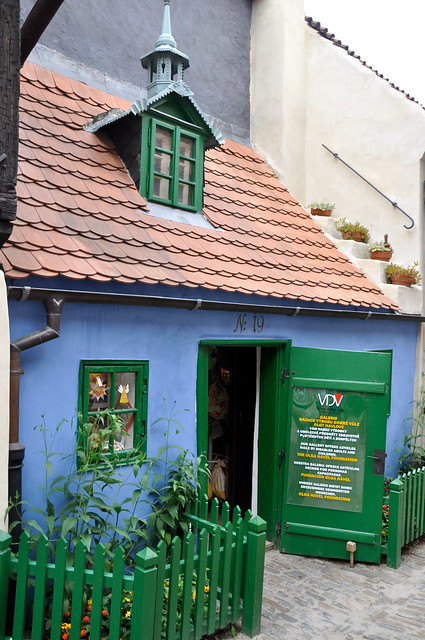
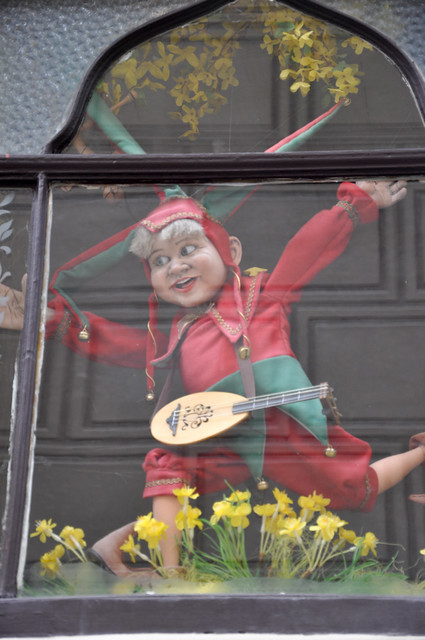
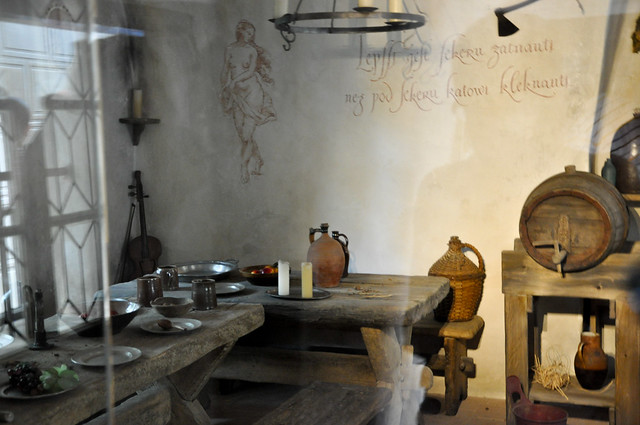
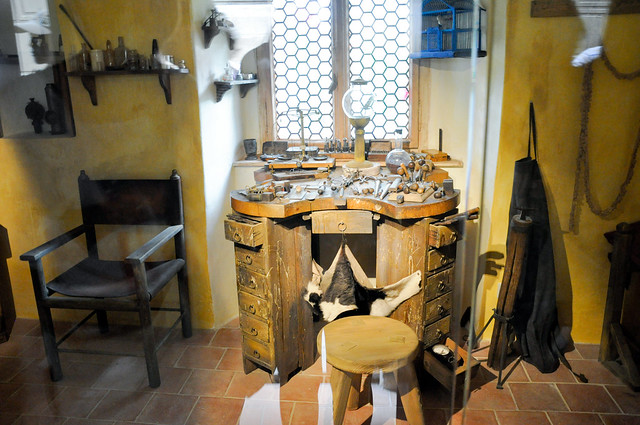

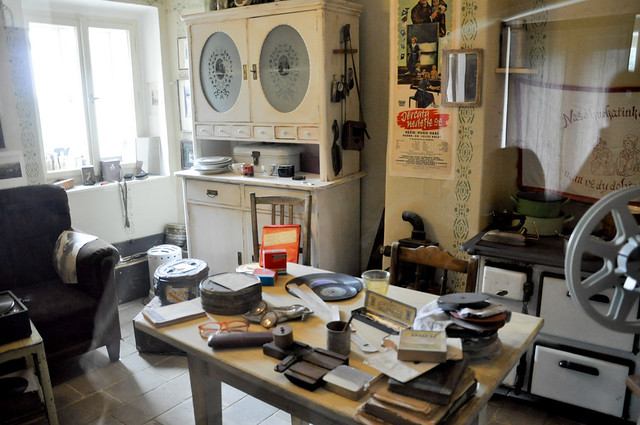
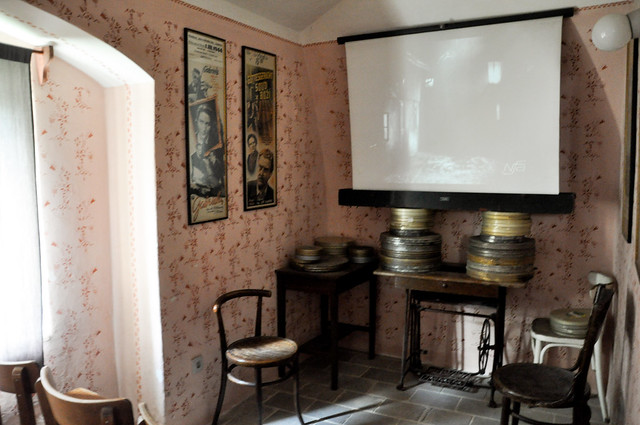
Website: http://www.golden-lane.eu/
Our guide:

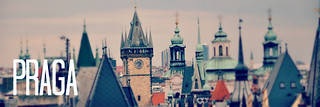
Sem comentários:
Enviar um comentário